Every week, we want to give you a glimpse of what our I TEACH PEACE Champions from our Kapatiran Schools and Communities face as teachers in the middle of a pandemic. We hope that you find inspiration in these teachers’ resilience.
Nelson Mandela once said, “It is through education that the daughter of a peasant can become a doctor, that the son of a mine worker can become the head of the mine, that a child of farm workers can become the president of a great nation. It is what we make out of what we have, not what we are given, that separates one person from another.”
Clearly, education is a family’s way out of poverty. But it is also poverty that prevents children from realizing their full potential. As if poverty is not enough, the current pandemic is making it harder for students of Hadjik Salik Kalaing Elementary School in Mamasapano, Maguindanao. According to teachers Hanina Bayao Sampulna-Kamsa, Mosaiden D. Abdul, and Hazarah K. Macapintal, most of the families in their community do not have a steady source of income. So, providing for their children’s needs for distance learning is only secondary to providing food on the table.
“Pahirapan sa pagsakay ang mga guro at mga magulang dahil doble ang pamasahe at malayo sa working station ang ibang guro. Expensive ang modular learning dahil sa dami ng bond paper na nagagamit, at kailangan din ang load para makapagcommunicate ang teacher sa mga magulang [The fare to meet some teachers in their working stations is expensive. The modular learning materials are also expensive because of the amount of bond papers we need. Teachers also need cellphone load to communicate with the parents.],” they shared.
But just because it’s hard doesn’t mean they have to give up. While teachers like them are busy preparing modules and lectures, they’re also busy convincing parents to not let the pandemic discourage them from educating their child.
Just like what Mandela had taught us, Teachers Hanina, Mosaiden, and Hazarah believe that education will determine our future. “Ang edukasyon ay ang tanging kayamanan pwedeng maipamana ng magulang sa kanilang mga anak na hinding-hindi mananakaw ninuman [Education is the only form of wealth which can never be taken away],” they said.
Their only wish is for this pandemic to be over. But while it’s still here, they know that there is a job to be done. And they hope that while fulfilling their duty, they’ll be protected from COVID-19 and the children from their community will still get the quality education they deserve.
Hadjik Salik Kalaing Elementary is one of TPBPM’s Kapatiran Schools that is part of our ongoing Peace Gifts Project which aims to provide schools with equipment and materials for printing modules such as printer and copier, printer ink, and bond papers. For those who wish to donate, please send your donations to:
Bank of the Philippine Islands
Teach Peace Build Peace Movement Inc.
Account Number: 9601000528
Swift Code: BOPIPHMM
Be part of our Kapatiran Support Circle. And together as brothers and sisters, we can help our peace hero children.

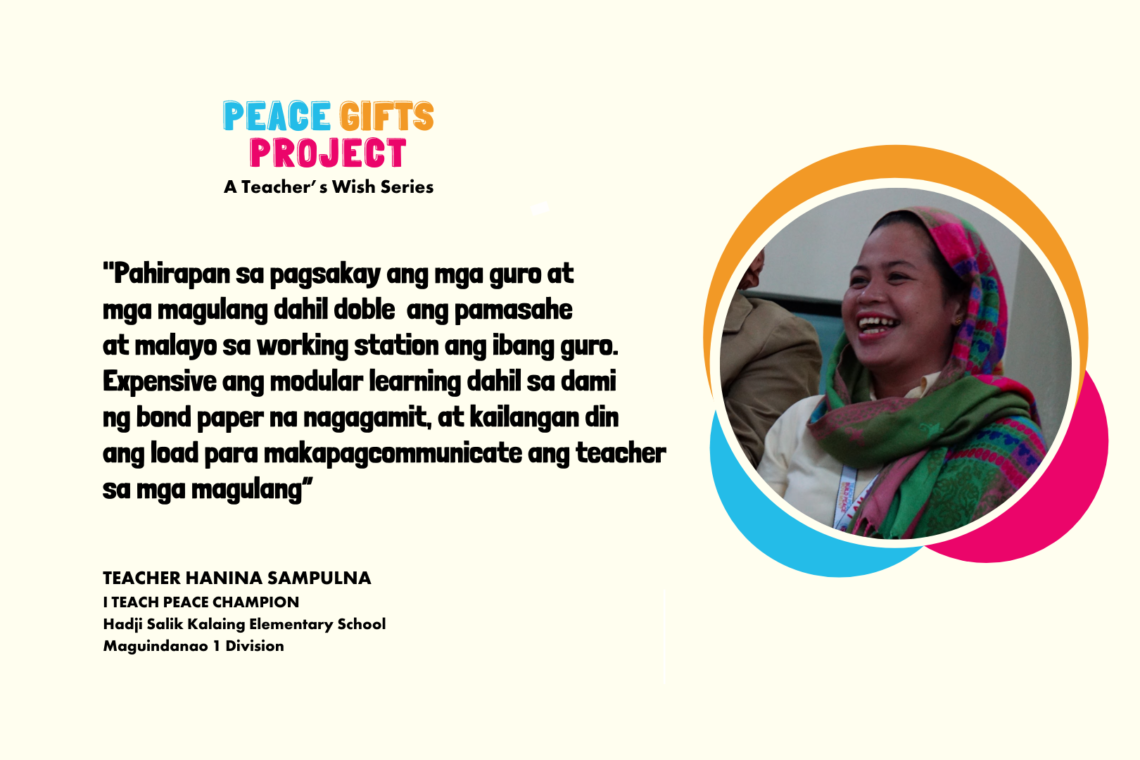
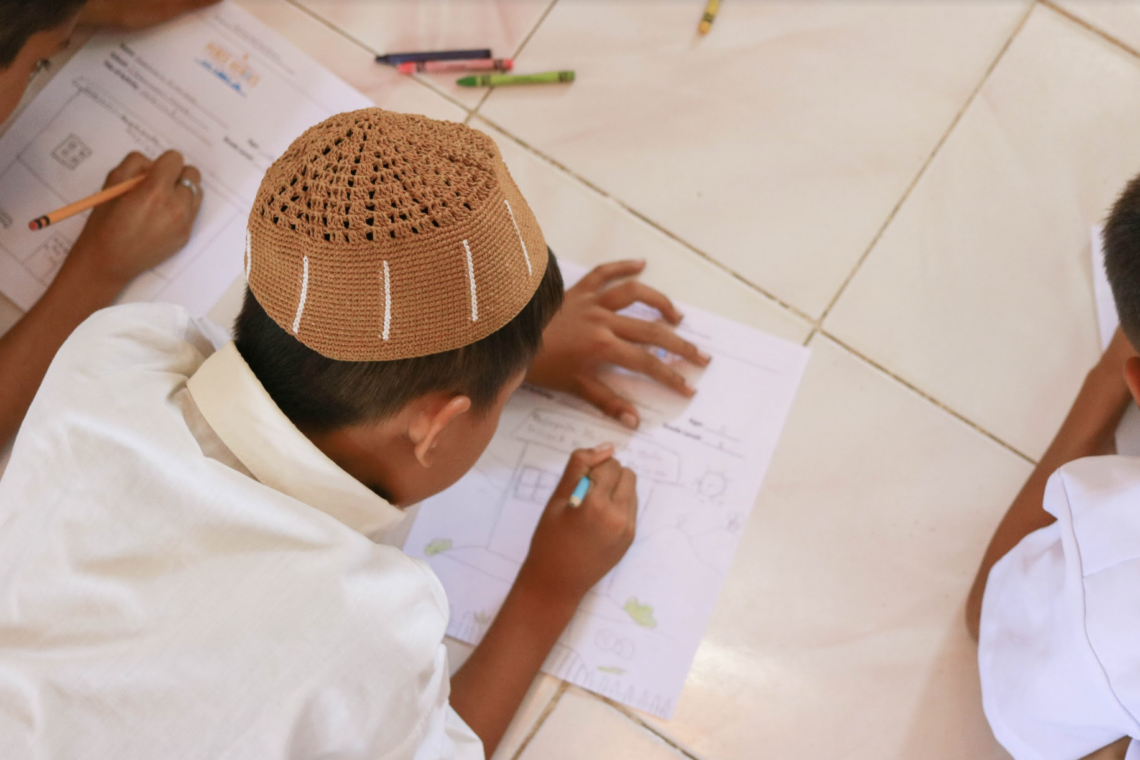
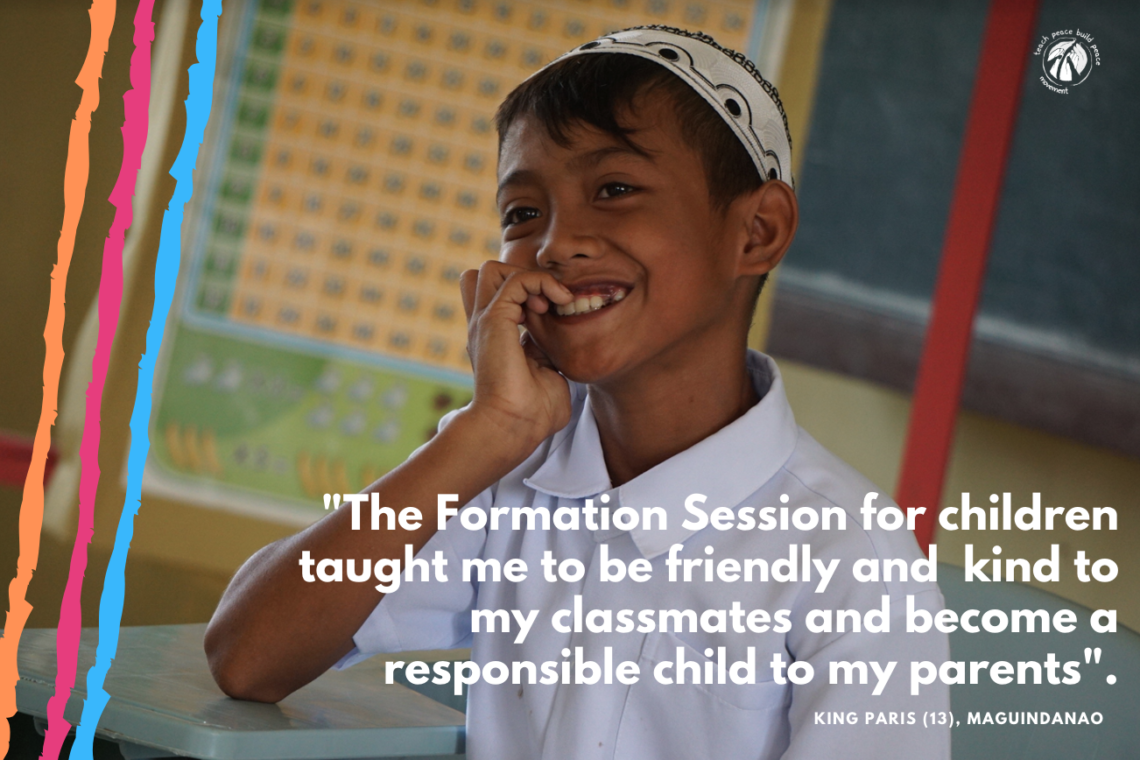
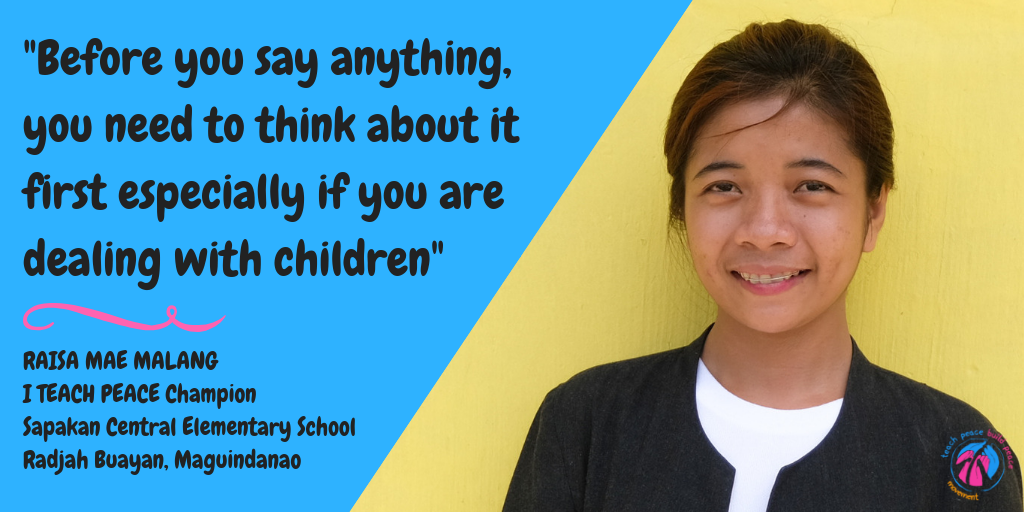
![“I now have a clear vision of what it [peace] is, of how I can apply it not just in my classroom but also in myself…”.png](https://teachpeacebuildpeace.com/wp-content/uploads/2018/10/I-now-have-a-clear-vision-of-what-it-peace-is-of-how-I-can-apply-it-not-just-in-my-classroom-but-also-in-myself…”.png)
